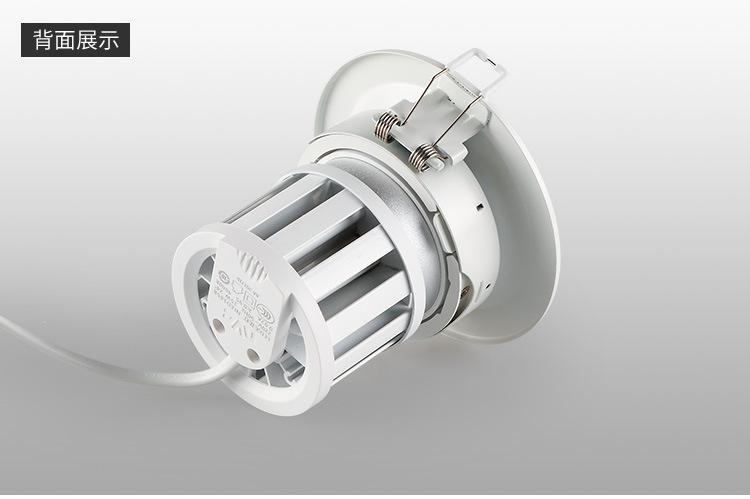

time:2021-12-09 Views:26
At present, the application of photoresistors in contemporary applications can be said to be more and more extensive. The characteristics of photoresistors The application of photoresistors is worthy of our study. Now we have a deep understanding of the characteristics of photoresistors and the applications of photoresistors. . Application of photoresistor.

Photoresistors are photoelectric elements made of semiconductor materials that work with internal photoelectric effect. Its resistance value tends to decrease under the action of light. This phenomenon is called the light guiding effect. Therefore, the photoresistor is also called a light pipe.
The materials used in the manufacture of photoresistors are mainly semiconductors such as metal sulfides, selenides and tellurides. Usually, coating, spraying, sintering and other methods are used to make extremely thin photoresistors and comb-shaped ohmic electrodes on an insulating substrate, and then connect the leads and encapsulate them in a sealed enclosure with a transparent mirror to prevent moisture. Sensitivity. The principle structure of the photoresistor is shown in the figure. In a dark environment, its resistance value is very high. When exposed to light, as long as the photon energy is greater than the band gap of the semiconductor material, the electrons in the valence band can jump to the conduction band after absorbing the energy of a photon, and the electrons in the valence band A are charged in the light source Holes. This electron-hole pair generated by light increases the number of carriers in the semiconductor material and makes its resistivity smaller, which leads to a decrease in the resistance of the photoresistor. The stronger the light, the lower the resistance. After the incident light disappears, the electron-hole pairs excited by the photon will gradually recombine, and the resistance of the photoresistor will gradually return to its original value.
When voltage is applied between the metal electrodes at both ends of the photoresistor, current will flow. When irradiated with light of appropriate wavelength, the current will increase with the increase of light intensity, thus realizing photoelectric conversion. Photoresistors have no polarity and are purely resistive devices. It can be used for DC or AC voltage.